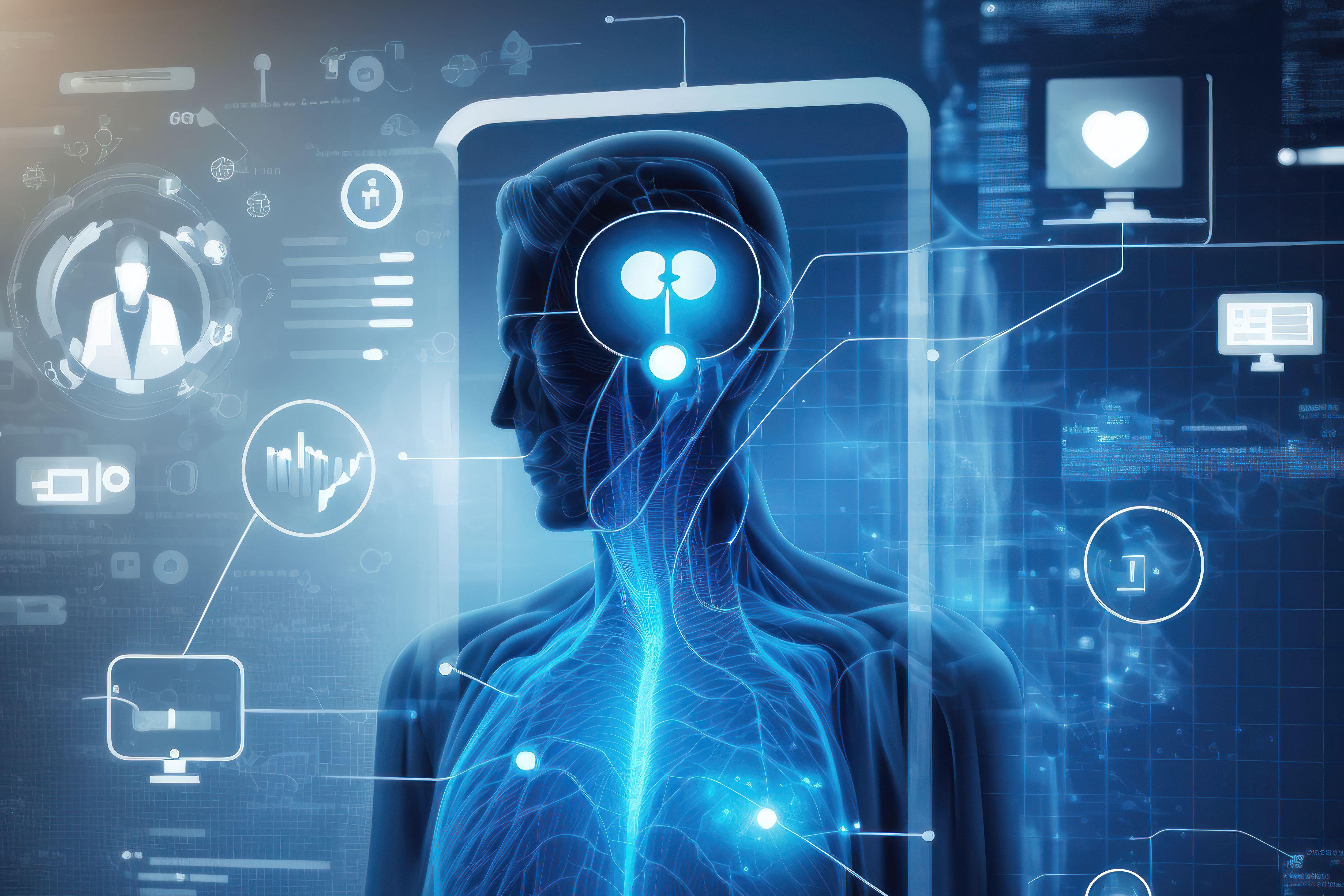
AI Revolutionizes Medical Diagnosis: Unleashing the Power of Disease Classification AlgorithmsAI Revolutionizes Medical Diagnosis: Unleashing the Power of Disease Classification Algorithms The realm of medical diagnosis has been profoundly transformed by the advent of artificial intelligence (AI), particularly with the development of sophisticated disease classification algorithms. These algorithms have the potential to revolutionize patient care by enhancing diagnostic accuracy, expediting diagnosis time, and enabling personalized treatment plans. Enhanced Diagnostic Accuracy AI-powered disease classification algorithms utilize vast datasets of medical images, electronic health records, and clinical data to train models that can identify and classify diseases with unprecedented precision. Studies have shown that these algorithms can often outperform human diagnosticians, particularly in complex or rare cases where traditional methods may be limited. By harnessing the power of machine learning, algorithms can detect subtle patterns and anomalies that may be missed by the untrained eye, leading to more reliable and accurate diagnoses. Expeditious Diagnosis Time One of the most significant advantages of AI in medical diagnosis is its ability to accelerate the diagnostic process. Traditional methods, such as biopsy or lab testing, can be time-consuming and delay treatment. AI algorithms, however, can analyze large volumes of data in near-real time, providing instant or near-instantaneous results. This expedited diagnosis allows physicians to make informed decisions more quickly, leading to timely interventions and improved patient outcomes. Personalized Treatment Plans The precision offered by AI-powered disease classification algorithms also enables the development of personalized treatment plans. By accurately identifying the underlying cause of a patient’s illness, physicians can tailor treatments specifically to their needs. This approach can increase treatment efficacy, minimize side effects, and lead to better long-term outcomes. Applications in Practice AI-powered disease classification algorithms are finding applications in various medical specialties, including: * Oncology: Algorithms can assist in tumor detection, grading, and staging, guiding treatment decisions and improving patient prognosis. * Pathology: Algorithms can analyze microscopic images of tissue samples to identify pathological changes and provide accurate diagnoses of diseases such as cancer. * Radiology: Algorithms can enhance the interpretation of medical images, such as X-rays and CT scans, to detect abnormalities and facilitate early disease detection. Challenges and Considerations While AI has tremendous potential in revolutionizing medical diagnosis, it is essential to address potential challenges and ethical considerations: * Data Privacy: AI algorithms rely on vast amounts of data, which raises concerns about patient privacy and data protection. Robust measures must be implemented to safeguard sensitive medical information. * Algorithmic Bias: Algorithms can inherit biases from the data they are trained on, potentially leading to unfair or inaccurate diagnoses. It is crucial to mitigate bias through rigorous data curation and algorithm validation. * Interpretability: Patients and physicians need to understand the reasoning behind AI-generated diagnoses. Developing interpretable algorithms that explain their decision-making process will foster trust and facilitate informed decision-making. Conclusion AI-powered disease classification algorithms are poised to transform medical diagnosis by enhancing accuracy, expediting diagnosis time, and enabling personalized treatment plans. As these algorithms continue to evolve, they will play an increasingly vital role in improving patient care, empowering physicians, and shaping the future of healthcare. However, it is imperative to address challenges such as data privacy, algorithmic bias, and interpretability to ensure ethical and equitable use of this technology.
Posted inNews